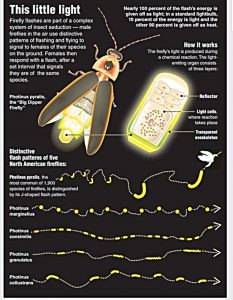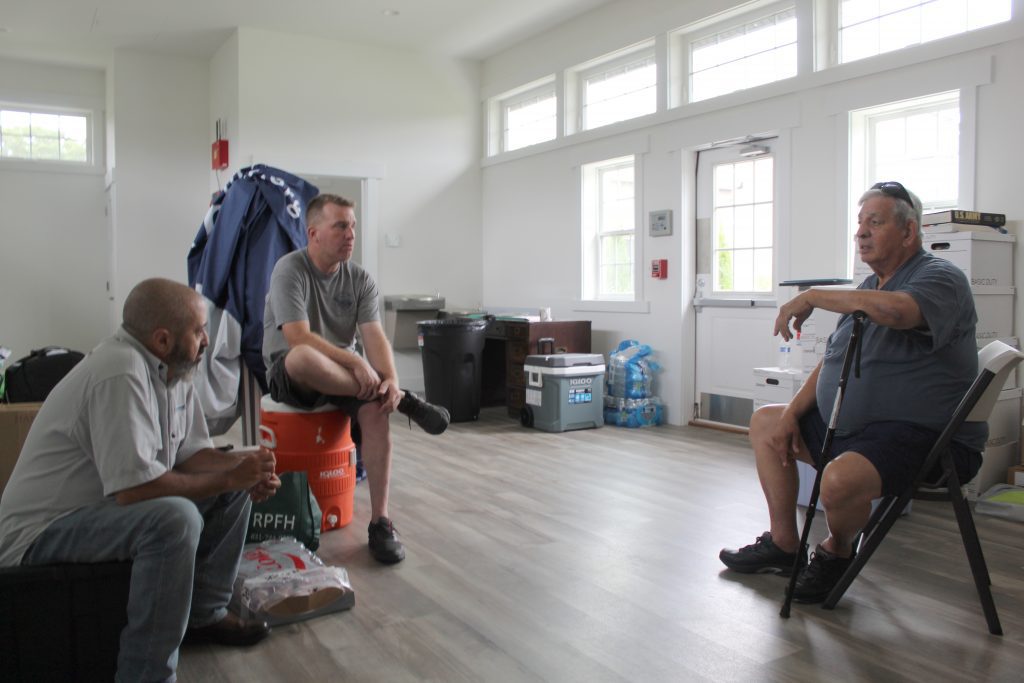The Village of Port Jefferson Board of Trustees was back before the public Monday night, Aug. 7, with discussions centering around public safety, mobility and Port Jefferson Country Club.
Sergio Möller, community relations officer for the Suffolk County Police Department’s 6th Precinct, said motor vehicle accidents were up in July, attributing the spike to an increase in people during the downtown area’s busiest season.
He alerted residents to an ongoing gift card fraud trend throughout the county, saying that any solicitation for money in the form of a gift card is a scam.
PJV code enforcement chief Andy Owen reported on recent findings from his department’s speeding survey on Brook Road.
“As far as I’m concerned, it was a positive survey with positive results,” the code chief said.

Owen reported that in an ongoing speed survey at Scraggy Hill Road, the department observed some residents driving around the speed table on the street. He said the department is exploring extending the speed table to prevent this trend from continuing.
Parking and mobility administrator, Kevin Wood, updated the public on PASSPort, a village-operated municipal rideshare service created earlier this year. [See story, “Port Jeff Village to pioneer PASSPort…” March 31, TBR News Media.]
“We’re seeing between two and 12 rides per weekend,” Wood said, a ride volume “below our expectations.”
“We’re seeing very low usage for residents at this point,” he added.
Village clerk Sylvia Pirillo reported that the village’s municipal website “is in the process of being completely revitalized.” She noted that the website overhaul includes updates to promote user friendliness and a section on the landing page for employment opportunities.
PJCC’s general manager, Tom Natola, said the golf course is at the apex of its season, with heightened activity posing operational challenges for the village-owned country club.
Natola said the volume of play is adding pressure on PJCC’s parking lots. With so many people playing on the course during this time of year, he noted that basic maintenance repairs are further complicated.
The general manager stated that PJCC is exploring designs for new racket sports amenities.
“Once the phase II [of the village’s East Beach Bluff Stabilization Project] is completed, we’re going to be redoing the paddle facility,” he said, with plans in the works for new tennis and pickleball courts.
However, he added, “The number of both we have not decided on yet because it depends on where the wall is going and how much space we actually have.”
The village board will reconvene Monday, Aug. 21, with a public hearing on proposed north- and south-facing stop signs on the west and east sides of Scraggy Hill Road.
To watch the entire meeting, including trustee reports, see video above.




 As for rare firefly species that may occur on Long Island, Katie indicates “The only documented IUCN Red List species that has occurred on Long Island is Photuris pensylvanica (Dot-dash Firefly) ranked as Vulnerable. … I suspect at least two other IUCN species that may occur on Long Island. It could be a long shot, but there is potential for Pyractomena ecostata (Keel-necked Firefly) ranked as Endangered and possibly Photuris bethaniensis (Bethany Beach Firefly) ranked as Critically Endangered by IUCN and petitioned to be federally listed as Endangered.”
As for rare firefly species that may occur on Long Island, Katie indicates “The only documented IUCN Red List species that has occurred on Long Island is Photuris pensylvanica (Dot-dash Firefly) ranked as Vulnerable. … I suspect at least two other IUCN species that may occur on Long Island. It could be a long shot, but there is potential for Pyractomena ecostata (Keel-necked Firefly) ranked as Endangered and possibly Photuris bethaniensis (Bethany Beach Firefly) ranked as Critically Endangered by IUCN and petitioned to be federally listed as Endangered.”  A resident of Setauket, author John Turner is conservation chair of the Four Harbors Audubon Society, author of “Exploring the Other Island: A Seasonal Nature Guide to Long Island” and president of Alula Birding & Natural History Tours.
A resident of Setauket, author John Turner is conservation chair of the Four Harbors Audubon Society, author of “Exploring the Other Island: A Seasonal Nature Guide to Long Island” and president of Alula Birding & Natural History Tours.













